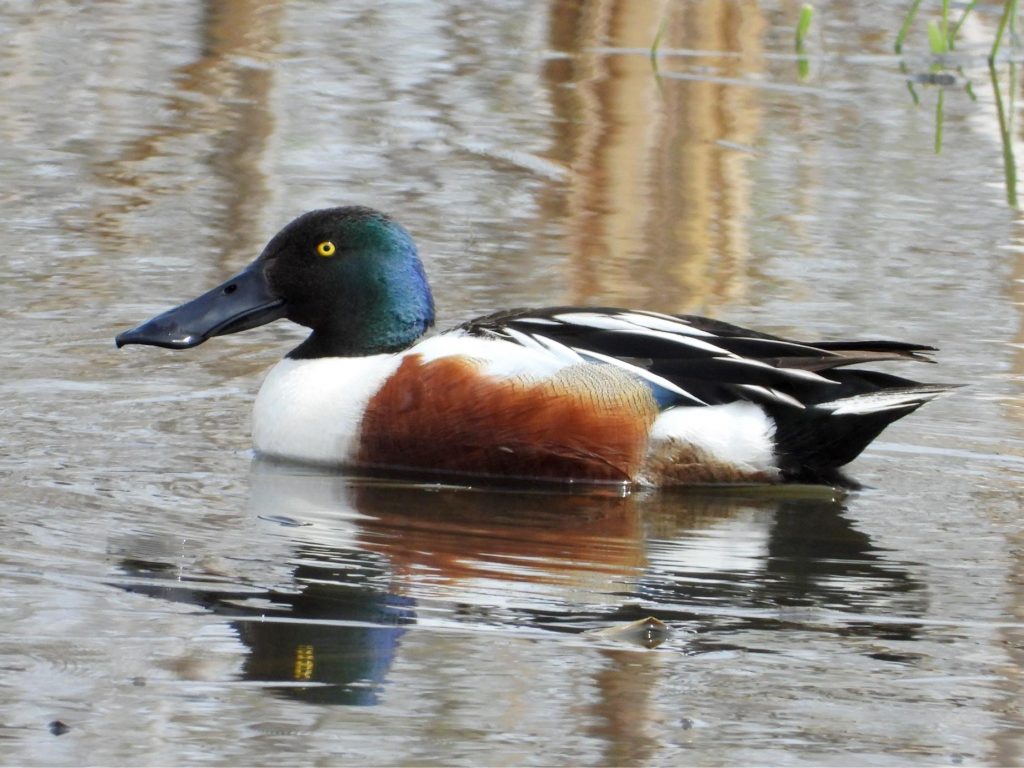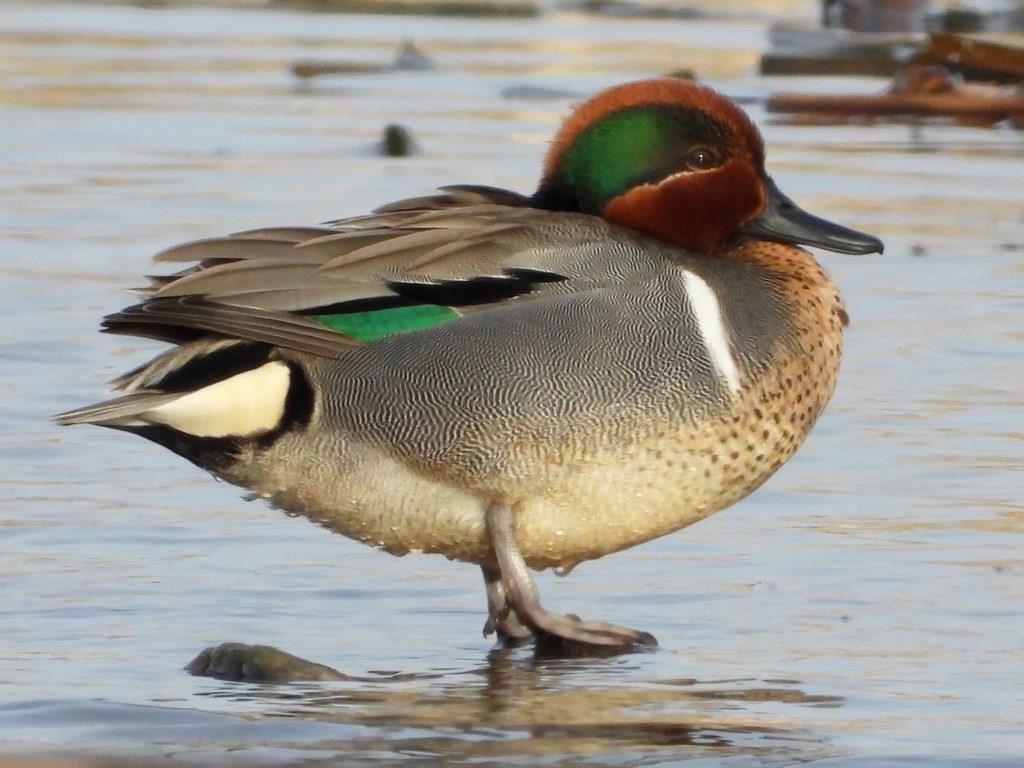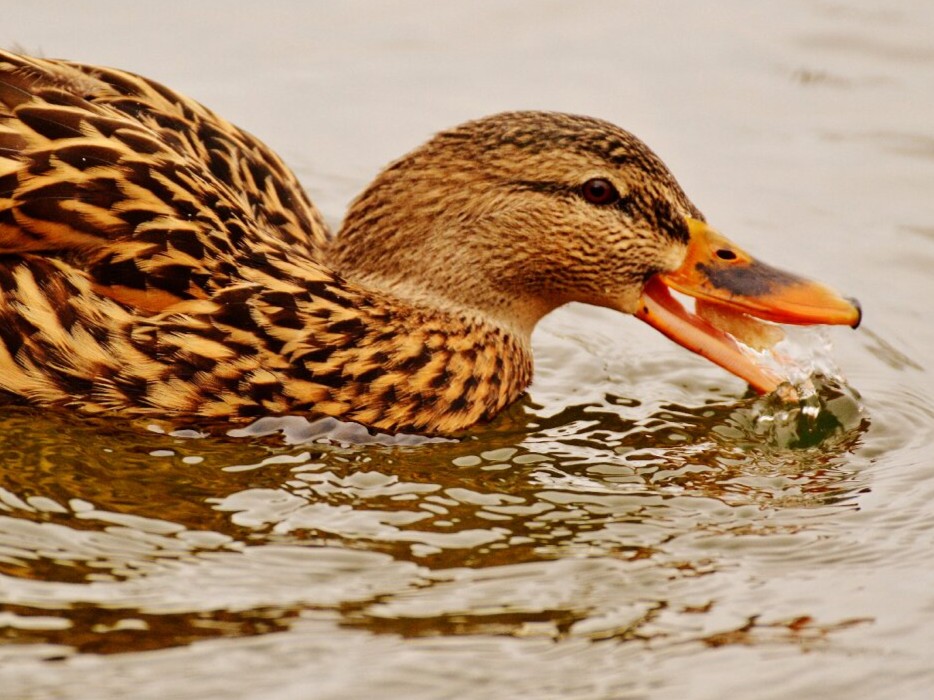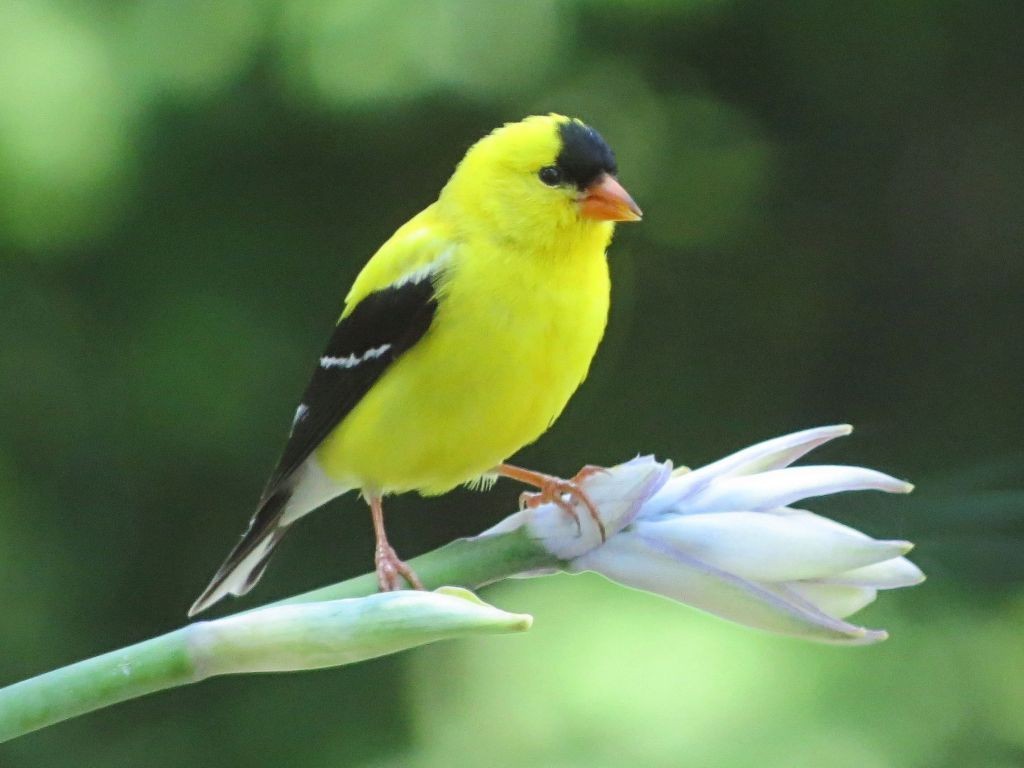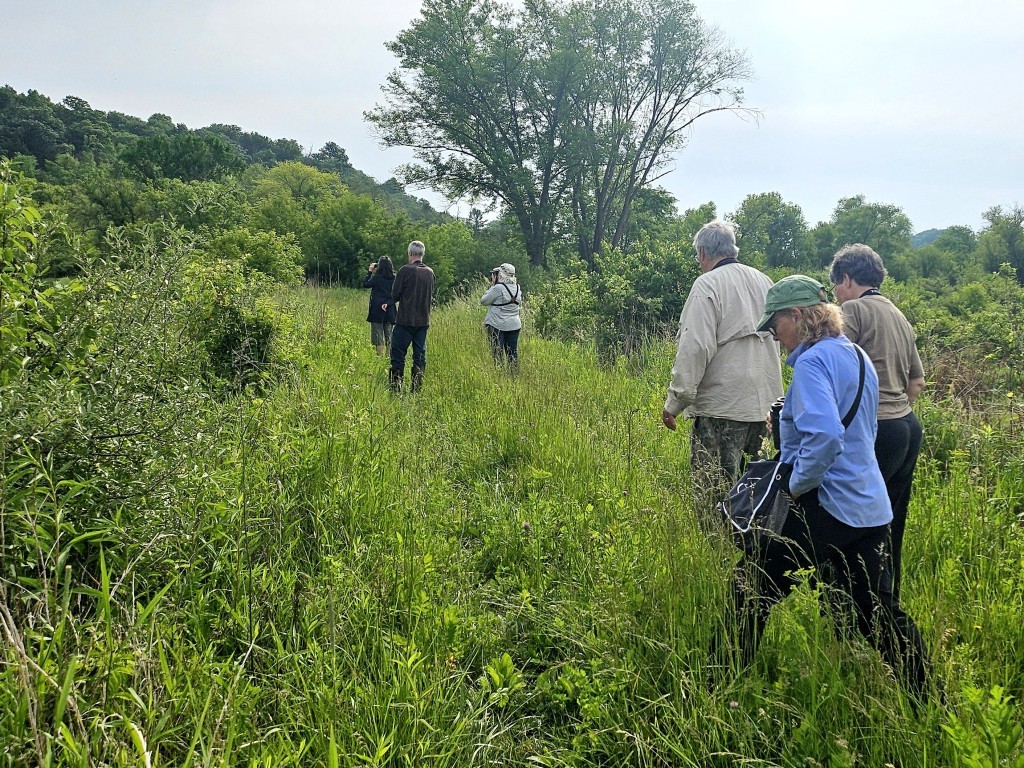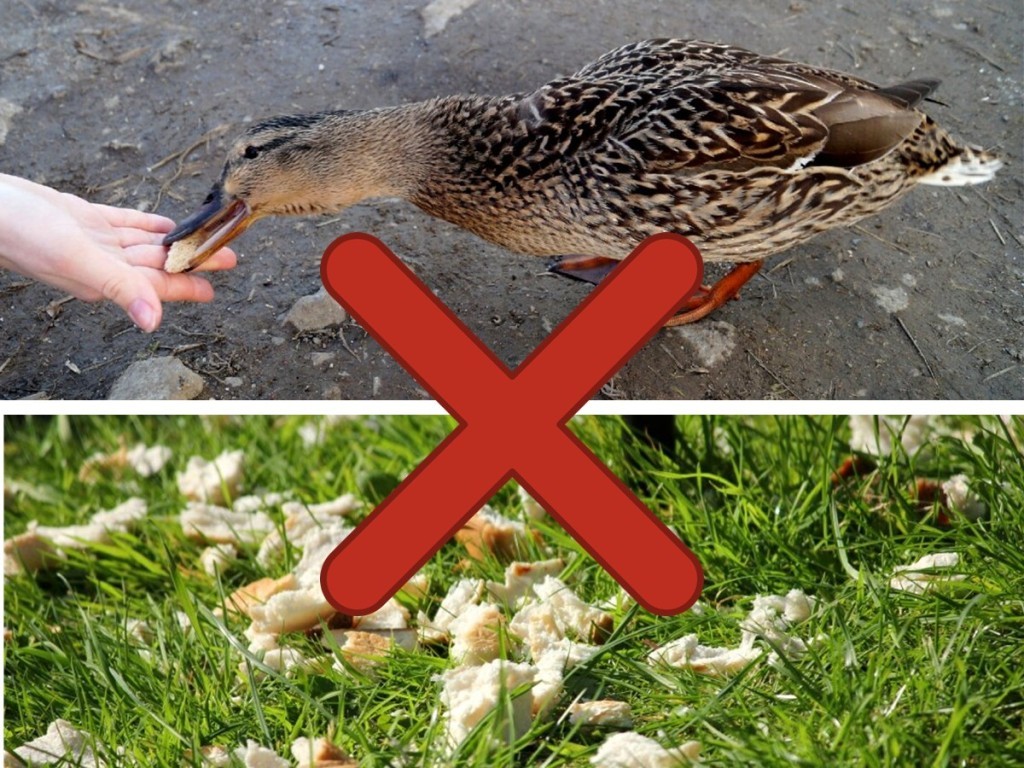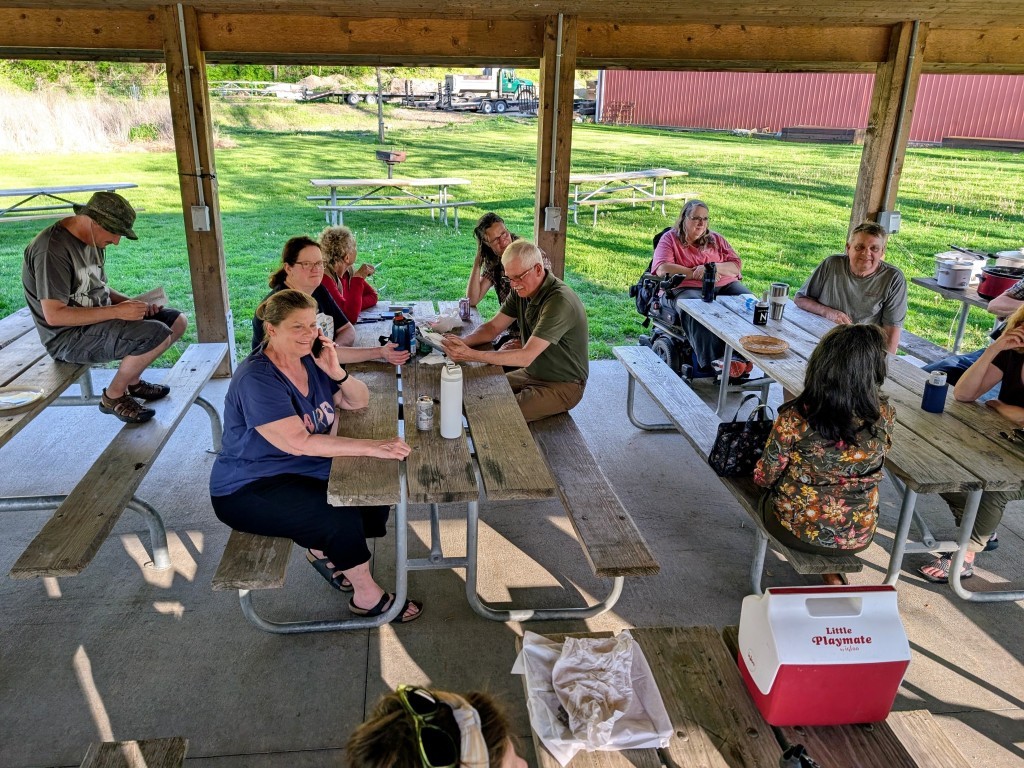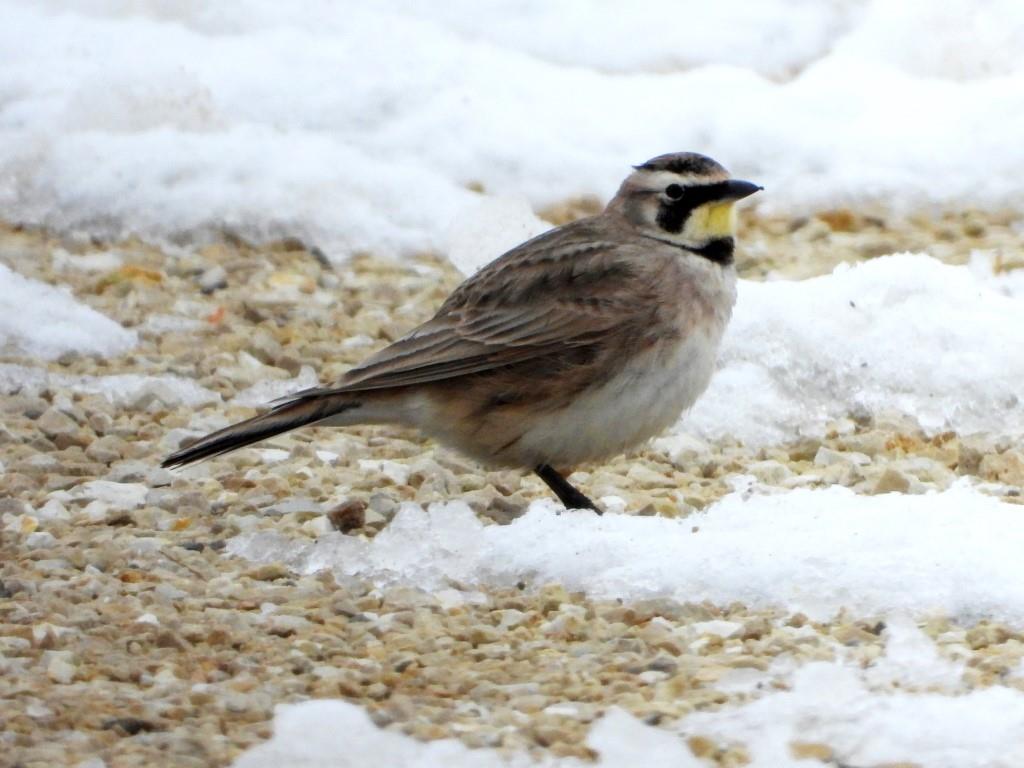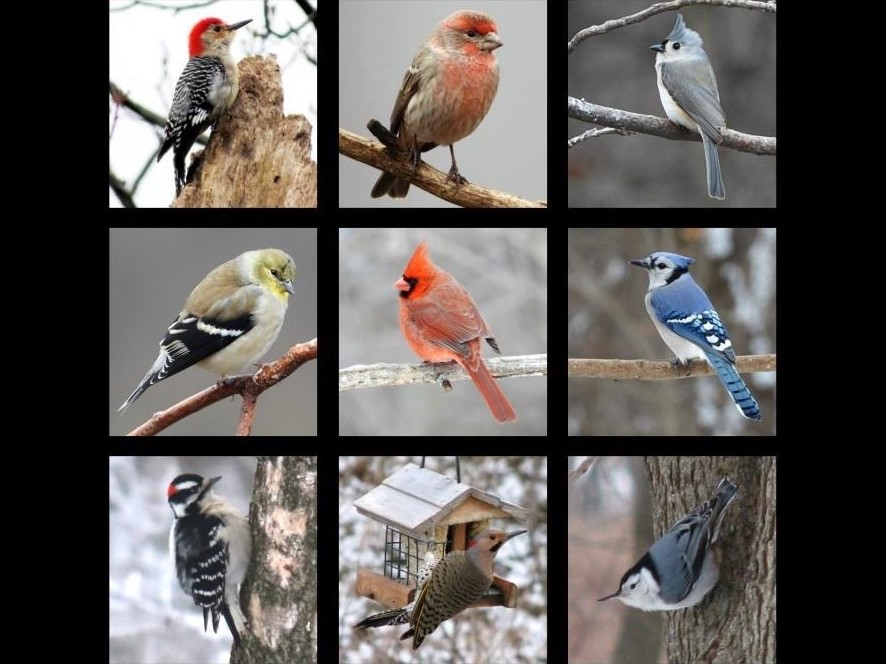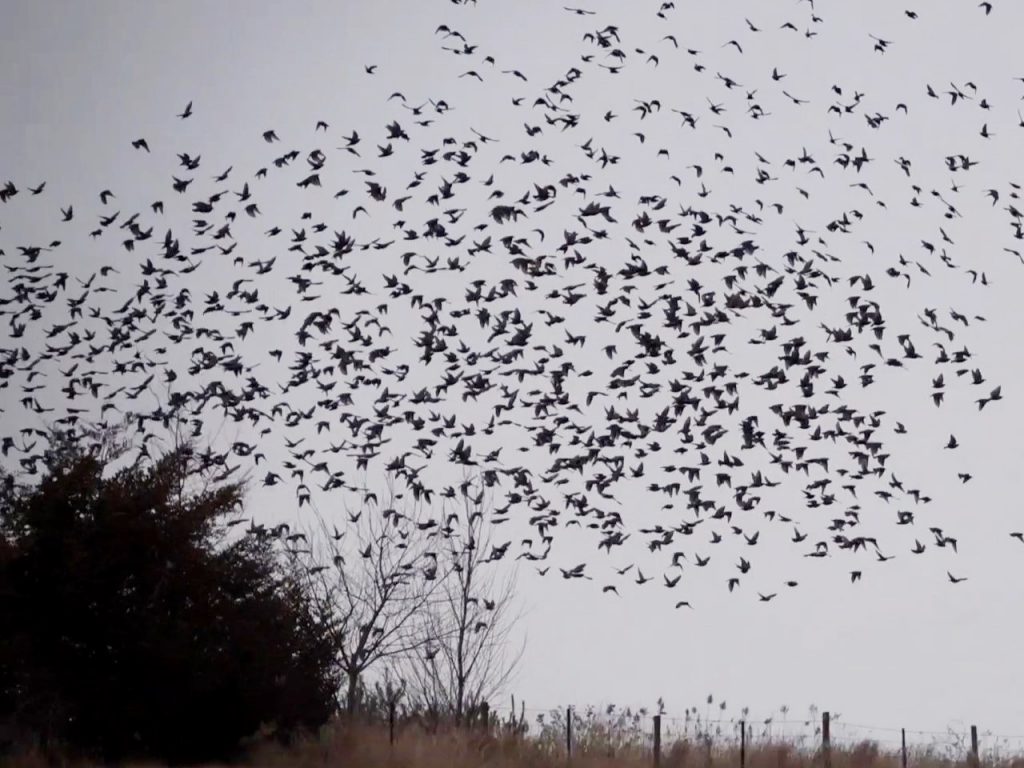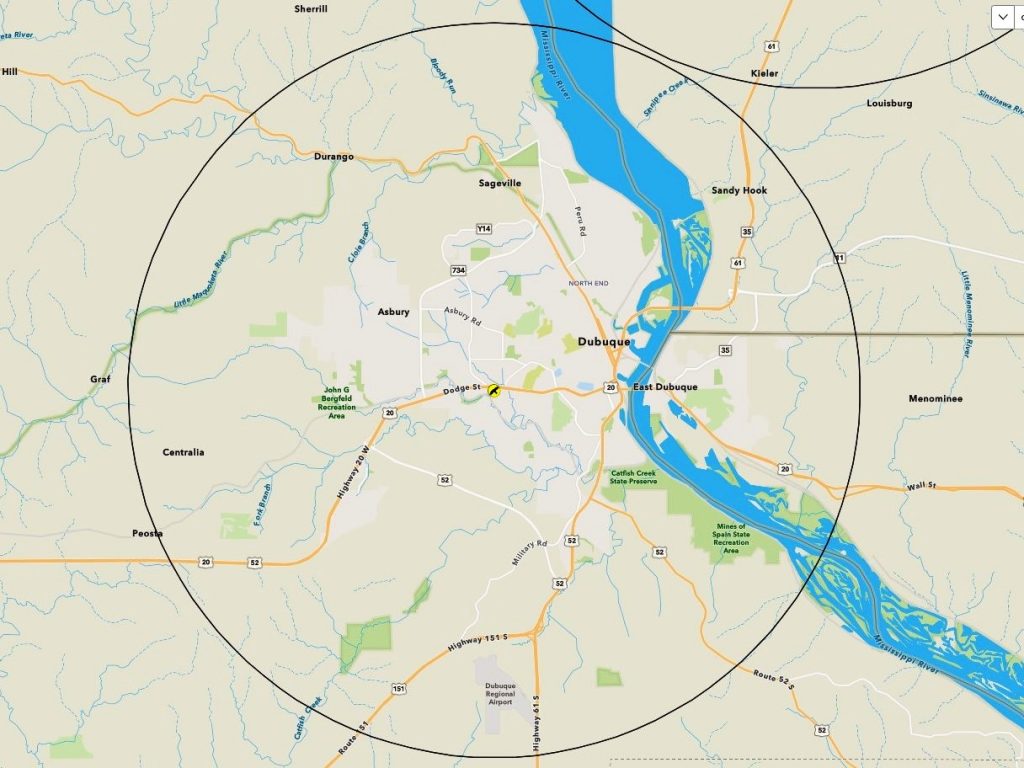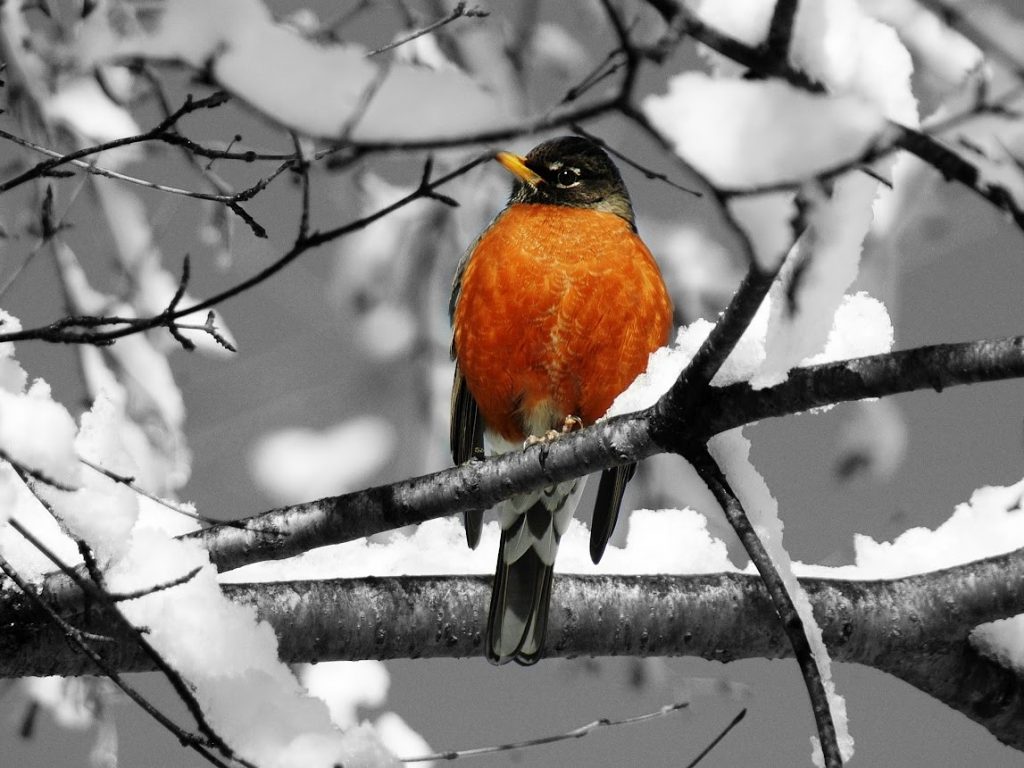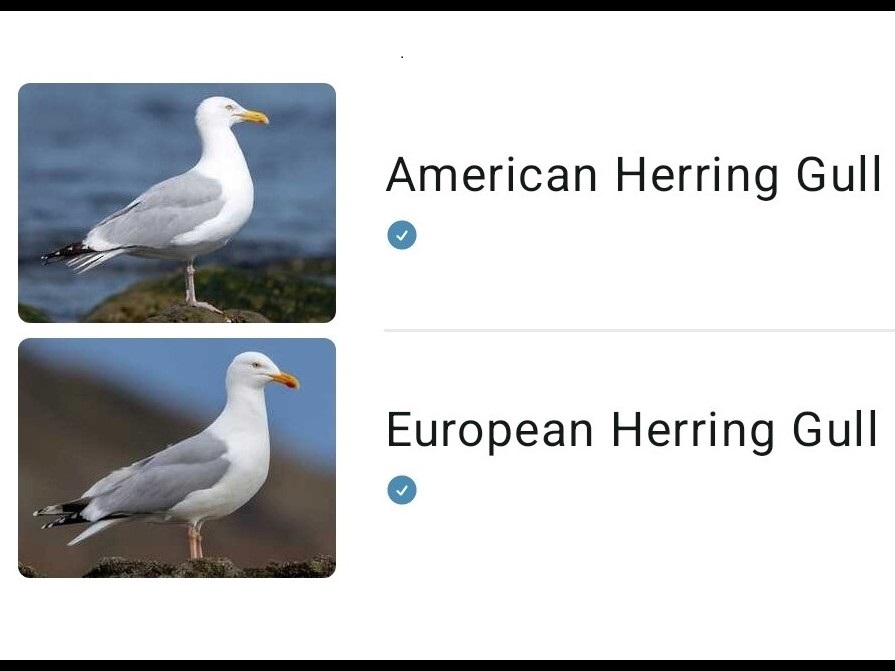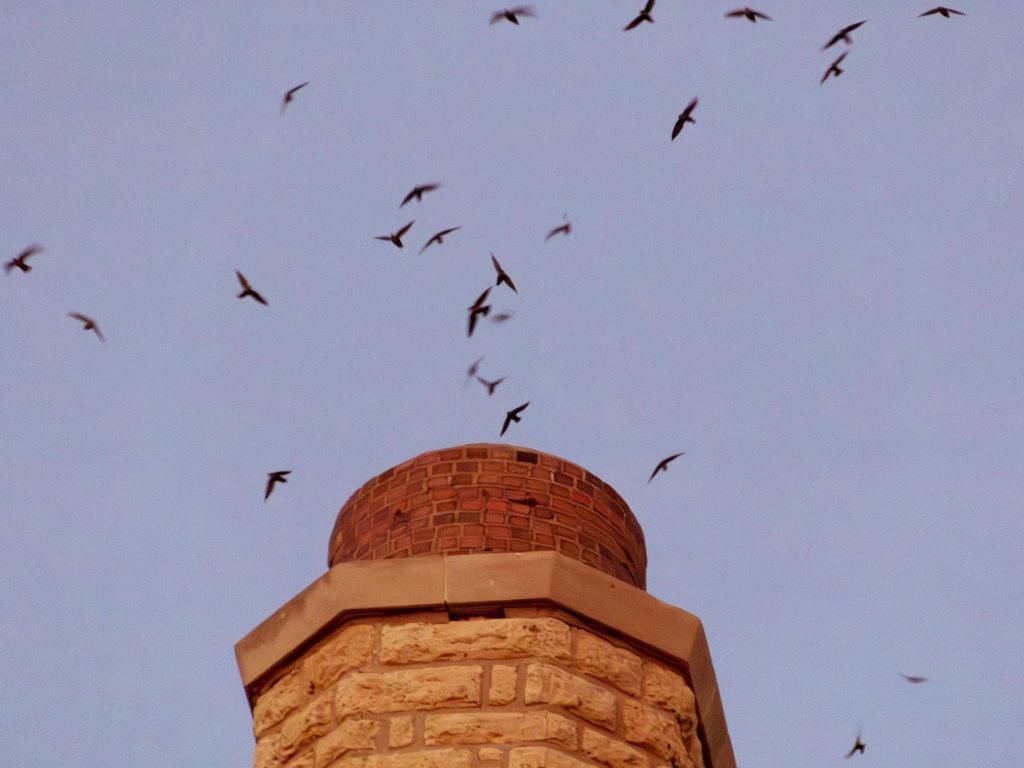Spring in the Mississippi Wetlands
By Bob Walton
[from March 2024 newsletter]
Dubuque Audubon’s annual Duck Waddle at the Green Island Marsh will be on March 9, 2024. Participants wishing to carpool, should meet at the Banworth and Udelhoven parking lot at 6 am. Those driving directly to Green Island should be at the start of Fish Lake Road at sunrise. Audubon’s first Duck Waddle was on March 17, 1979. In attendance were Audubon members John Miller, Brian Larsen, Sandy and I. The biggest thrill was seeing a Sandhill Crane and three White-fronted Geese for the very first time for all of us. It has been an annual Dubuque Audubon outing since then.
Like most Midwest residents, I felt no remorse when the last patch of icy snow disappeared from our woodland last week. The brutal winds, blinding blizzards and subzero temperatures take a heavy toll on wildlife that are forced to attempt survival with inadequate food and shelter. Our normally overcrowded feeders have been fairly empty with just a few White-throated Sparrows and the normal permanent resident birds. Early today (February 13), we decided to cure our cabin fever by heading to Green Island Marsh in search of some harbingers of spring. The Mississippi River is the “interstate” of bird migration, and the “rest stops” are the backwater marshes within the Upper Mississippi Wildlife and Fish Refuge. Spring always arrives first in the marshes due to the heat from decomposition of abundant plant materials and seepage from underground springs that melt the ice, exposing plant tubers and invertebrates, which are high energy foods on the menu at the “Oasis restaurants” of the marshes. Green Island never disappoints — as the sun inched above the horizon, we could make out a flock of geese standing on the ice several hundred yards away. Within minutes, the geese lifted off, heading towards a picked corn field, and their “ho-leelek” calls filled the marsh air. The White-fronted Geese are back meaning Spring is near!
For over 50 years, Sandy and I have made numerous late February and early March visits to Green Island, and every trip to Green Island is unique and special, but one of the most memorable was in late March of last year when we encountered an elderly waterfowler near the Fish Lake boat ramp. I recognized him from many earlier springs and struck up a conversation. Over the years, I have learned his marshland vernacular — a kind of second language. After exchanging pleasantries, he set out to list the waterfowl he had seen since sunrise. He told me that he had seen a large flock of “sprigs” (Northern Pintails) accompanied by a few “grays” (Gadwalls), and “baldies” (American Wigeon). He said the most beautiful was a large flock of “whistlers” (Common Goldeneyes) and “sawbills” (Common Mergansers). His only disappointment was that he had not seen many “greenheads” (Mallards) or “red-legs” (Black Ducks). Almost by design, a large flock of ducks arose from the flooded fields north of the Maquoketa. He grabbed his battered binoculars and excitedly yelled, “There they are!” The sky was filled with over 3,500 Mallards and several flocks of Black Ducks flying directly overhead. As he glassed the flock, I am sure he saw more than I could with my modern optics, including visions of earlier years when migrating waterfowl literally darkened the sky, and perhaps a glimpse of the future and wondering how many spring migrations he and our waterfowl have left.
Please take the time to partake in a marsh adventure and be part of one of nature’s greatest spectacles. We all need to be vigilant in preserving these critical “rest stop” areas along our great Mississippi flyway for both the benefit of future generations of waterfowl and people. Thanks to the efforts and contributions by organizations such as Ducks Unlimited, Delta Waterfowl, and the Iowa Natural Heritage Foundation and hunting license sales, thousands of acres of wetland refuges have been set aside in the U.S. and Canada, allowing wetland birds to be one of the few groups of birds to thrive in recent years. You can aid in this effort and celebrate the 50th Anniversary of the Endangered Species Act by purchasing a Migratory Bird Hunting and Conservation Stamp, available at your Post Office or any Fish and Wildlife Service office.
